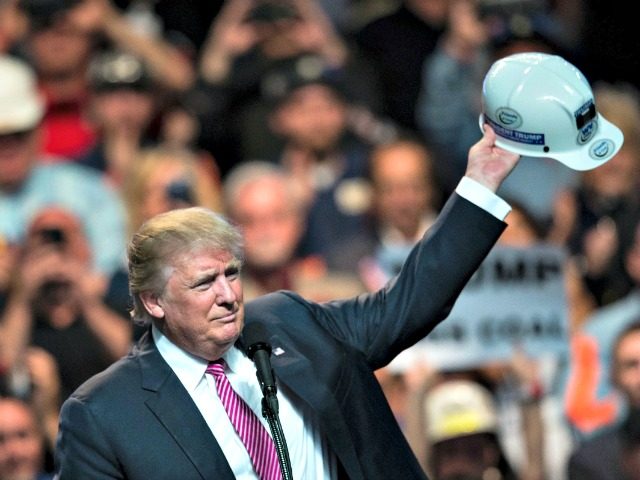The latest round of data on job openings puts the final nail in the coffin of the persistent myth that tariffs on steel and aluminum have hurt American workers in metals manufacturing.
The Trump administration began imposing tariffs on imported steel and aluminum in March. Critics said that higher costs of steel and aluminum would hurt U.S. workers in metals using businesses–a claim endlessly repeated in the mainstream media as if it were a fact.
In fact, metals-using businesses have added jobs at a breakneck pace despite the tariffs. Critics, however, said that it was only a matter of time before the tariffs began to drag on the sector.
That has not happened. Durable goods manufacturing, the sector of the economy most exposed to metals tariffs, recorded 428,000 job openings in December, nine months after the tariffs were imposed. That is up from 374,000 job openings a year ago, according to the Labor Department’s Job Openings and Labor Turnover Summary–known at JOLTS–released Tuesday.
Durable goods jobs are outperforming nondurables, which are less metals-sensitive. Job openings in non-durables manufacturing is up bu just 1,000 to 136,000 compared with a year ago.
Mining and logging is another metals sensitive sector because mining, which includes oil and natural gas drilling, uses a lot of steel. Job openings here have gone from 20,000 a year ago to 30,000 in December 2018.
Construction is also exposed to metals prices. And here job openings rose from 149,000 to 382,000.
Tariffs may drive up costs and weigh on corporate profits, although these remain at record highs and are expected to rise again this year, but they have not hurt U.S. workers.

COMMENTS
Please let us know if you're having issues with commenting.